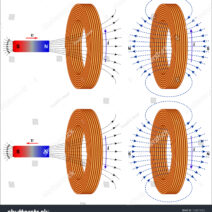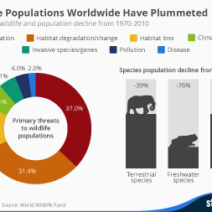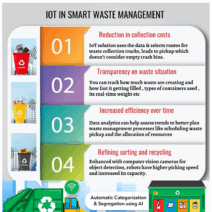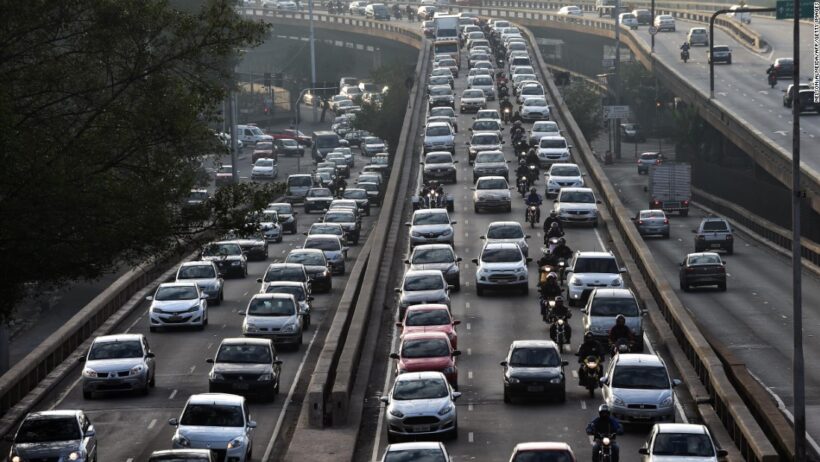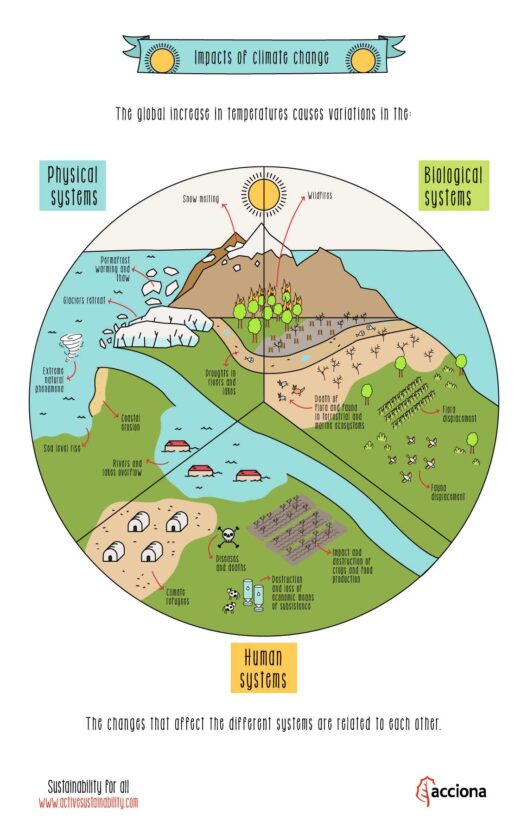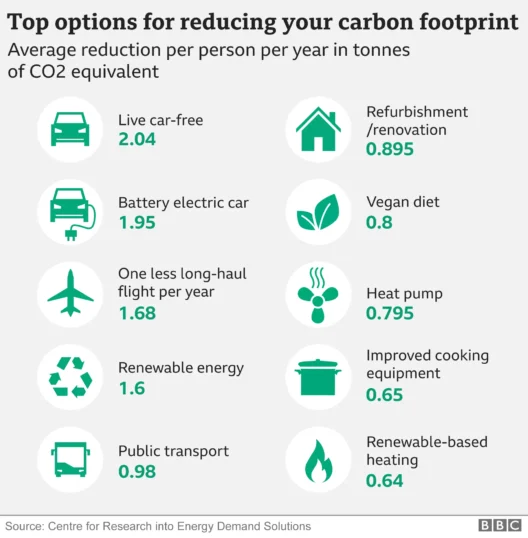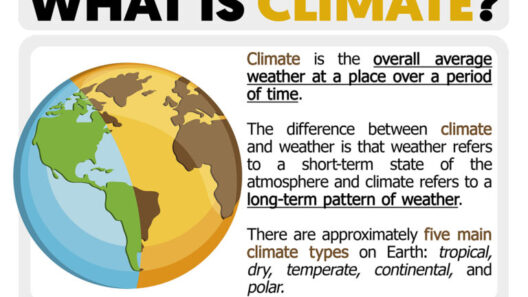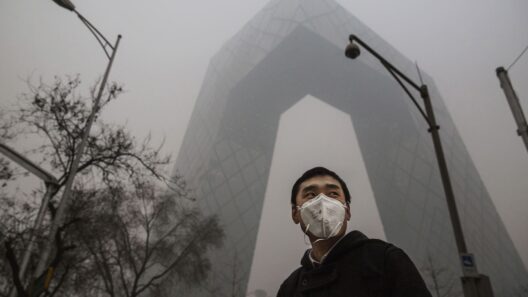The phenomenon of climate change, a pressing global dilemma, necessitates an incisive exploration of its underlying causes. Understanding the multifaceted contributors to climate change is imperative for fostering effective mitigation strategies and engendering informed discourse. This article delves into the primary drivers behind climate change, articulating their complexities and interrelations in a manner that underscores the urgency of addressing this existential threat.
The anthropogenic impact on our planet has escalated dramatically over the past century. Rapid industrialization and the insatiable demand for energy are pivotal in this equation, propelling us into an era marked by significant ecological disruption. The examination of these pivotal factors unveils the intricate tapestry of our influence on climate.
Greenhouse Gas Emissions: The Culprit in Focus
At the heart of climate change lies the emission of greenhouse gases (GHGs), principally carbon dioxide (CO2), methane (CH4), and nitrous oxide (N2O). These substances trap heat in the Earth’s atmosphere, creating a greenhouse effect that leads to global warming. The combustion of fossil fuels, such as coal, oil, and natural gas, accounts for the lion’s share of CO2 emissions. As economies burgeon and energy consumption soars, so does the reliance on these fossil fuels.
Beyond energy production, transportation is a significant contributor to GHG emissions. Cars, trucks, and airplanes predominantly run on fossil fuels, releasing vast amounts of CO2. Urbanization has further exacerbated this problem, leading to sprawling cities and increased vehicular dependency. To mitigate this, a transition to cleaner, renewable energy sources and electric vehicles is essential.
The agricultural sector, too, plays an outsized role in methane and nitrous oxide emissions. Livestock farming produces substantial methane due to enteric fermentation, a digestive process that occurs in ruminant animals. In addition, the use of nitrogen-based fertilizers releases nitrous oxide, another potent greenhouse gas. Therefore, sustainable agricultural practices are pivotal in addressing this challenge effectively.
Deforestation: The Lungs of the Earth Threatened
Another significant contributor to climate change is deforestation. This process not only releases stored carbon dioxide but also diminishes the Earth’s capacity to absorb CO2. Forests act as critical carbon sinks, balancing atmospheric carbon levels. However, logging for timber, agriculture, and urban development leads to substantial forest loss.
The impact of deforestation extends beyond mere carbon emissions. The loss of biodiversity and disruption of local ecosystems aggravates the effects of climate change. Rich biodiversity is essential for ecological resilience, and its loss can lead to increased vulnerability of ecosystems. Thus, reforestation and sustainable land management practices are imperative to counteract these detrimental effects.
Industrial Processes: The Hidden Contributors
The industrial sector contributes significantly to climate change through not only GHG emissions but also other harmful pollutants. Manufacturing processes, especially in sectors such as cement, steel, and chemical production, generate substantial carbon dioxide. Furthermore, industries often release hydrofluorocarbons (HFCs) and perfluorocarbons (PFCs), which, despite being less prevalent, possess a much higher global warming potential than CO2.
To address these industrial contributions, technological innovations such as carbon capture and storage (CCS) present promising avenues. Implementing cleaner production techniques and enhancing energy efficiency can substantially decrease the carbon footprint of industrial activities.
Urbanization: The Modern Challenge
As populations migrate to urban areas, the implications for climate change become more pronounced. Urban centers, with their dense infrastructure and high energy requirements, contribute significantly to GHG emissions. The urban heat island effect exacerbates temperature increases, creating islands of heat amidst cooler surroundings. Efforts to foster sustainable urban design, including enhanced public transport systems and energy-efficient buildings, are crucial in curtailing urban-generated emissions.
Moreover, waste management in cities presents additional challenges. Landfilled waste decomposes to produce methane, necessitating comprehensive waste reduction and recycling strategies. Promoting circular economy principles can mitigate waste generation and enhance resource efficiency.
Climate Feedback Loops: The Amplifiers of Change
Perhaps one of the most concerning aspects of climate change is the presence of climate feedback loops. These self-amplifying processes can exacerbate global warming in unforeseen ways. For instance, the melting of polar ice reduces the Earth’s albedo, or reflectivity, leading to increased heat absorption. Similarly, thawing permafrost releases stored methane, further intensifying the greenhouse effect.
Addressing these feedback mechanisms requires a proactive and preemptive approach. Understanding the interconnectedness of these systems is vital for constructing comprehensive climatic models that inform policy decisions, thereby ensuring that mitigation strategies are robust and forward-thinking.
In summation, the reasons for climate change are as intricate as they are urgent. From greenhouse gas emissions and deforestation to industrial practices and urbanization, the myriad causes necessitate collective action at a global scale. The threats posed by climate change cannot be overstated; it is a clarion call for individuals, communities, businesses, and governments to unite in a concerted effort to safeguard our planet for future generations. Through educational initiatives, progressive policies, and sustainable practices, we can chart a course towards a more resilient and climate-friendly world, underscoring our shared responsibility in this global endeavor.
